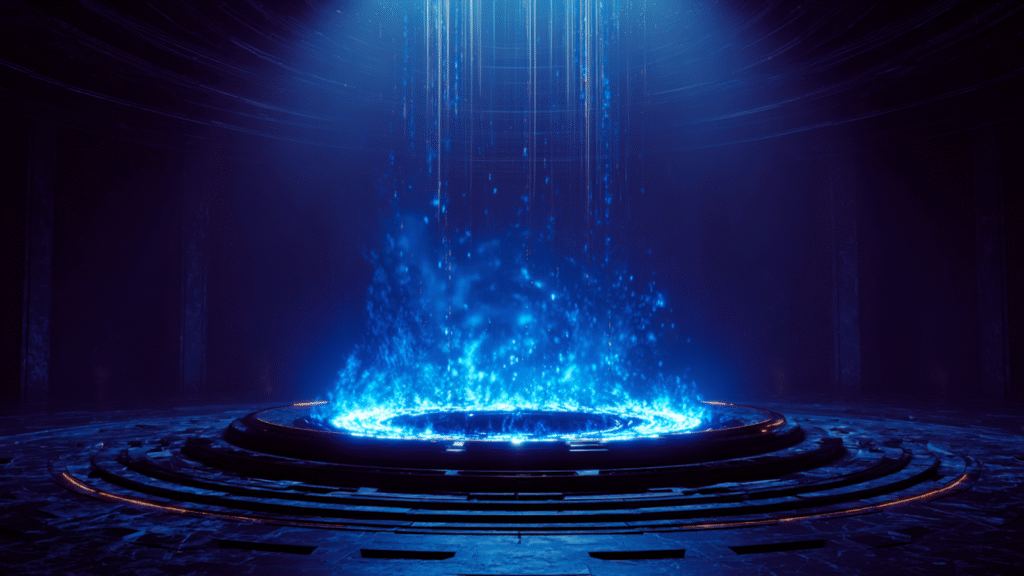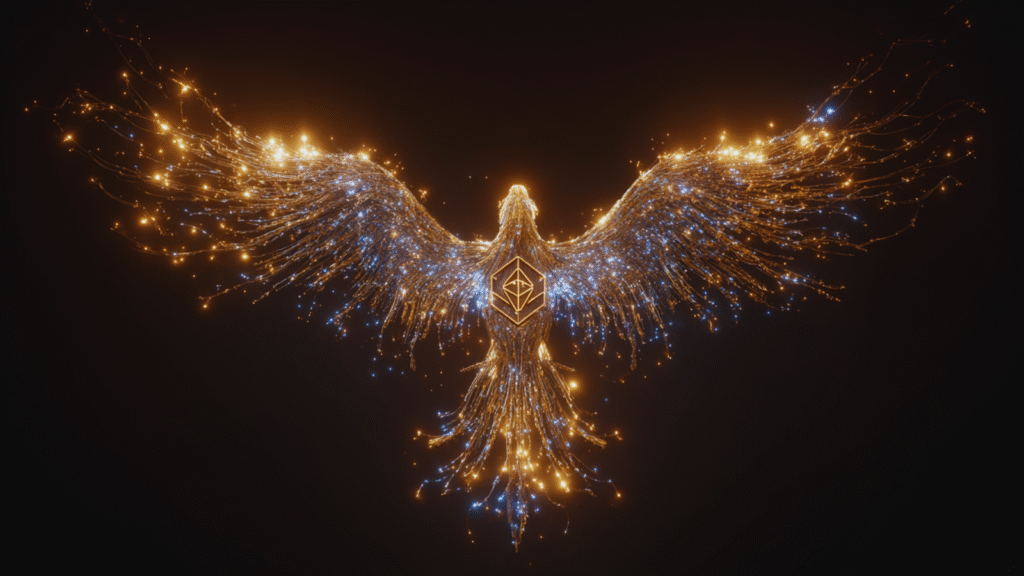
Billions of dollars in Ethereum vanish every year. Burned. Destroyed. Erased from circulation. To most, that sounds like waste. But in Ethereum’s evolving design, absence is not a flaw—it’s a feature.
With the introduction of EIP-1559, Ethereum’s burn mechanism has quietly reshaped the network’s economy. Each transaction shaves off supply, turning activity into scarcity. Now, with the arrival of BETH—the tokenized proof of burned ETH—the void itself takes form, transforming permanent absence into a transferable, on-chain asset.
In decentralized finance, we glorify creation. We mint tokens, we spin up protocols, we flood the world with assets. Our vocabulary is one of addition. But a new idea is taking hold in the heart of Ethereum, one that argues destruction is not only equally creative—it can be profoundly lucrative. That idea now has a name: BETH, the ghost of burned Ethereum.
It sounds like a paradox—an asset born from absence. Yet this project, launched by the Ethereum Community Foundation, has already earned endorsements from some of the most influential voices in the space. What began as an experiment is now being hailed as a potential blueprint for an entirely new class of digital economies.
Related: Shiba Inu and the Rise of the Powerful Consumer Crypto Economy
The process is as simple as it is final. A user sends ETH to the BETH contract. The contract doesn’t store it, stake it, or lend it. It forwards the ETH to a verified burn address—a black hole in the blockchain from which nothing escapes. That ETH is gone forever.
In return, the contract mints an exact 1:1 equivalent in BETH and delivers it to the user. As the foundation explains: “1 ETH in = 1 ETH burned = 1 BETH minted. Proof-of-burn, tokenized.”
BETH is more than an accounting entry. It is an immutable, on-chain proof of scarcity: verifiable evidence that Ethereum’s supply has been permanently reduced. What was once invisible economic gravity now has weight, presence, and liquidity. The void is made tangible.

This is no parlor trick. By encoding proof-of-burn into a standard ERC-20 token, BETH becomes composable—the magic word of DeFi. Composability means any protocol can integrate it, any contract can use it, and any builder can innovate on top of it. That’s how curiosities become industries.
Ethereum co-founder Joseph Lubin recognized the significance immediately. His reaction was more than praise—it was a forecast: “Massive props @0xzak and team. Might be your finest work to date… We will be adopting and building on BETH, BBETH, BBBETH, BBBBETH, ….”
Related: x402: A Forgotten Web Code, Revived for the New AI Economy
Lubin sees BETH as a foundation stone for new economic models. In his words: “Burning ETH is going to be a very lucrative thing to do, as it will spawn industries.”
And the possibilities are already taking shape:

This idea should feel deeply familiar to the Shib Army. Burning has always been woven into Shiba Inu’s DNA. We watch the burn portals. We track the dead wallet. We understand that subtraction is creation—that removing tokens strengthens the whole.
BETH walks a parallel path. Where Shiba Inu ritualizes the burn itself, Ethereum now asks: What can be built from the proof of that burn?
As the Ethereum Community Foundation put it: “BETH highlights the role of scarcity and destruction as equally powerful forces alongside creation and issuance.”
For the Shiba Inu ecosystem, the lesson is clear. As the economy matures and our burn mechanisms evolve, BETH is a signal. In decentralized economies, value isn’t only about what we mint—it’s about what we are willing, together, to send into the fire, and what rises from the ashes.

Yona brings a decade of experience covering gaming, tech, and blockchain news. As one of the few women in crypto journalism, her mission is to demystify complex technical subjects for a wider audience. Her work blends professional insight with engaging narratives, aiming to educate and entertain.